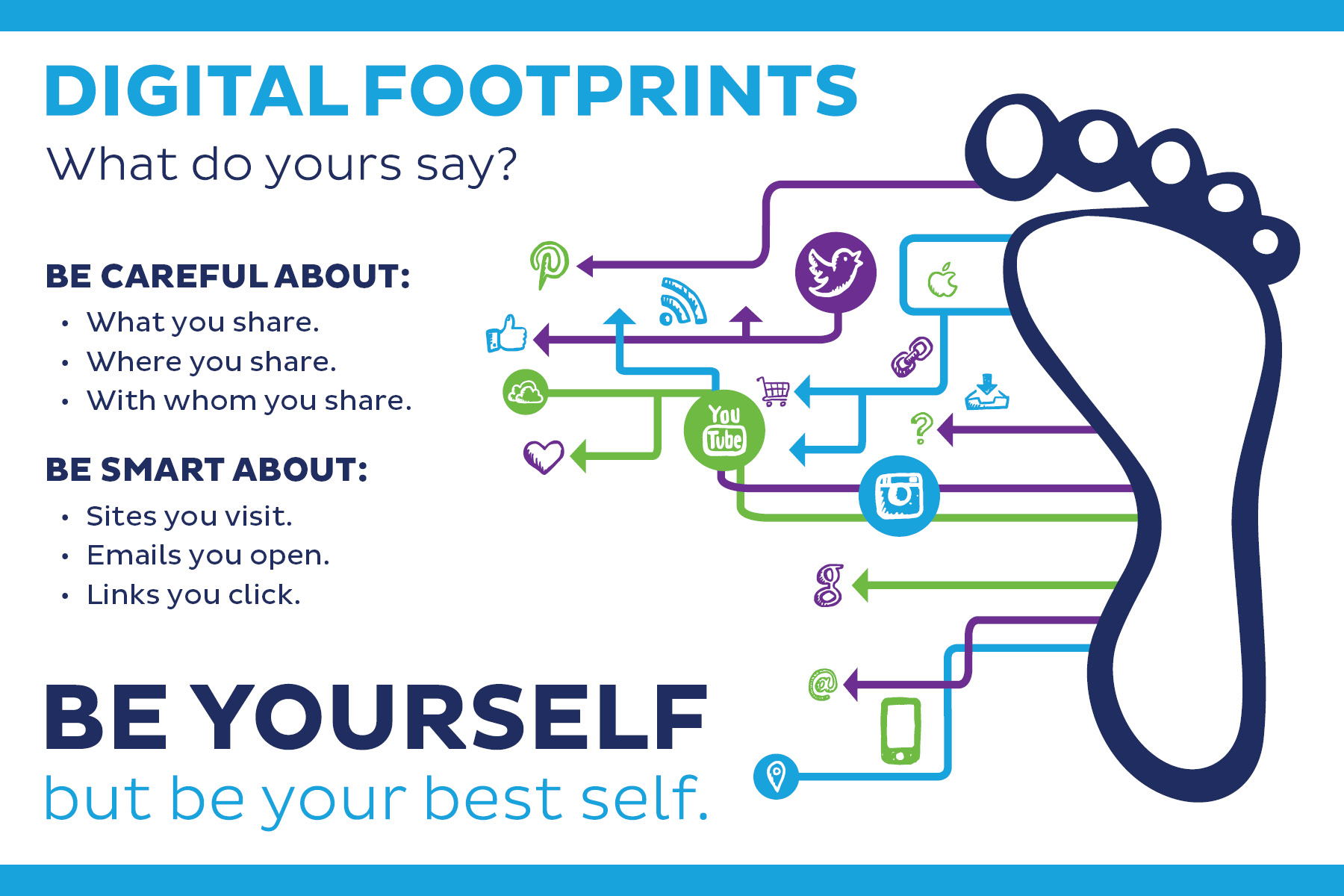The problem with this decision by Adobe is that mobile is where the growth is at. By killing off the plug-in, it will be just a matter of time before Flash as a native deployment method turns into an irrelevant technology because content providers which still deliver their media in Flash will have to finally adapt and move to HTML5 or die as their traffic (from the still growing smart mobile market) slowly but surely dries up. Most major sites already do that so iOS users really haven’t been missing much. Sure, there are other uses of Flash which cannot yet be replicated as easily by other technologies, but the stone has been somewhat cast by Adobe’s decision where this could have a wider impact on Flash in general in the future (including the desktop).
Adobe Flash is also dead on consumer electronics devices
According to the article, an Adobe spokesperson said the following:
“Adobe will continue to support existing licensees who are planning on supporting Flash Player for web browsing on digital home devices and are using the Flash Player Porting Kit to do so. However we believe the right approach to deliver content on televisions is through applications, not a web browsing experience, and we will continue to encourage the device and content publishing community down that path.”
RIM (Research In Motion), a company whose name has turned into an oxymoron, mentioned they will continue to develop the Flash plug-in (this is possible since they license the source code for the plug-in) in order to deliver an uncompromising web browsing experience for PlayBook customers.
tl;dr synopsis — Flash will eventually end up being relegated to a smaller niche in the future. And even then, Adobe’s stance is that this sort of content should be delivered via native mobile apps which leverages Adobe’s development tools. The technology behind Flash (stuff like ActionScript for example) won’t die as that experience is still relevant when leveraged within the development tools. Its more about how all that is packaged, optimized, and deployed on mobile platforms — Adobe recommends apps rather than relying on a plug-in. For RIM though, this is the epitomy of rudderless decision making in terms of sinking valuable engineering resources (including time and money) into (plug-in) technology which will slowly be relegated to a niche when it comes to online video content (and possibly the other things Flash is used for).Geez, make me CEO of RIM for half of Jim Balsillie’s compensation and I’ll be more than happy to make the same idiotic decisions…



